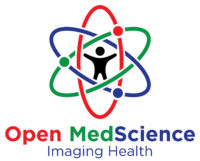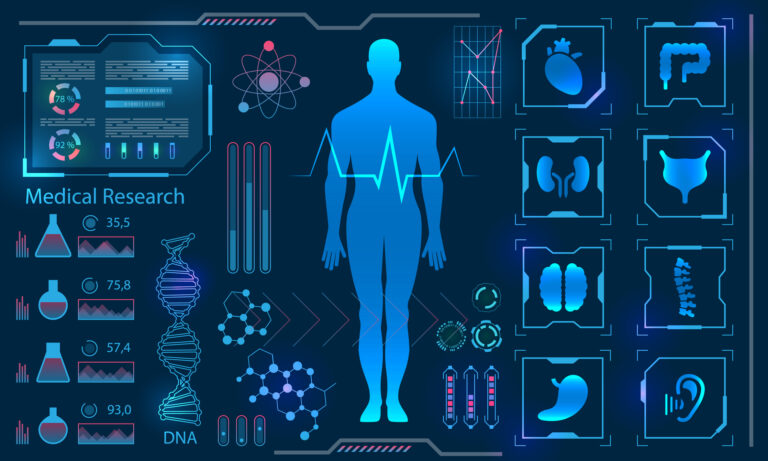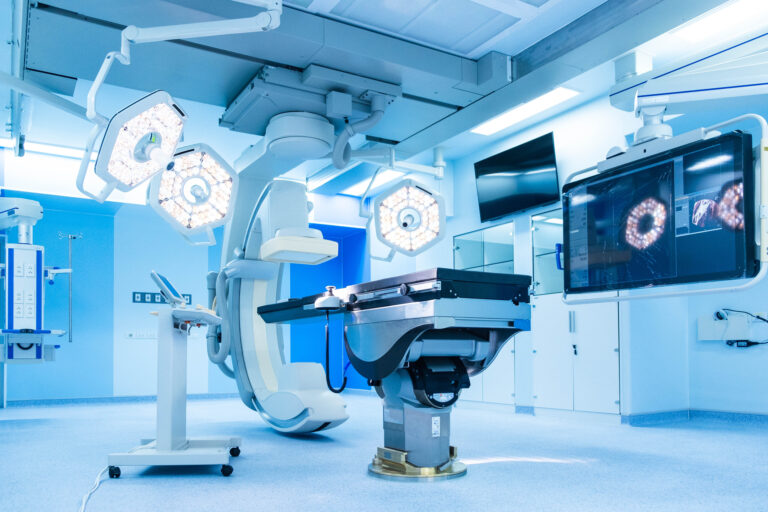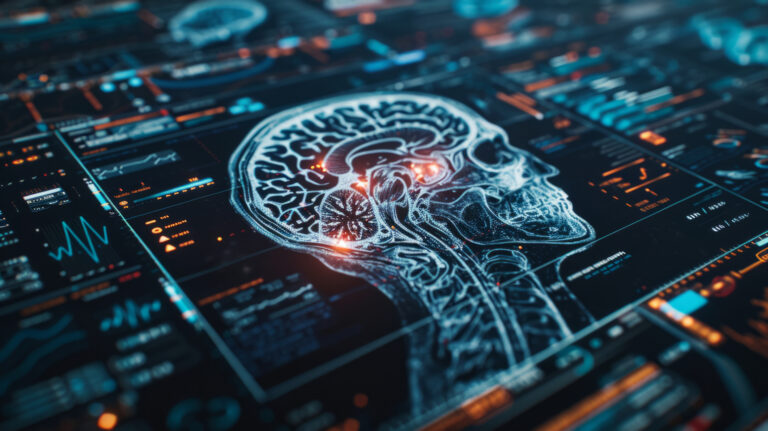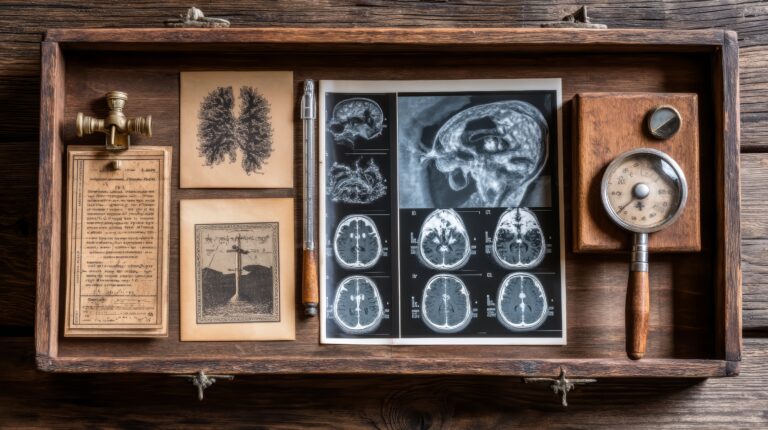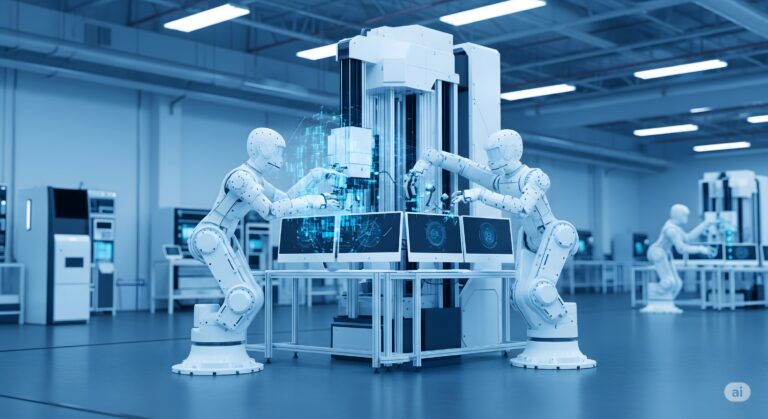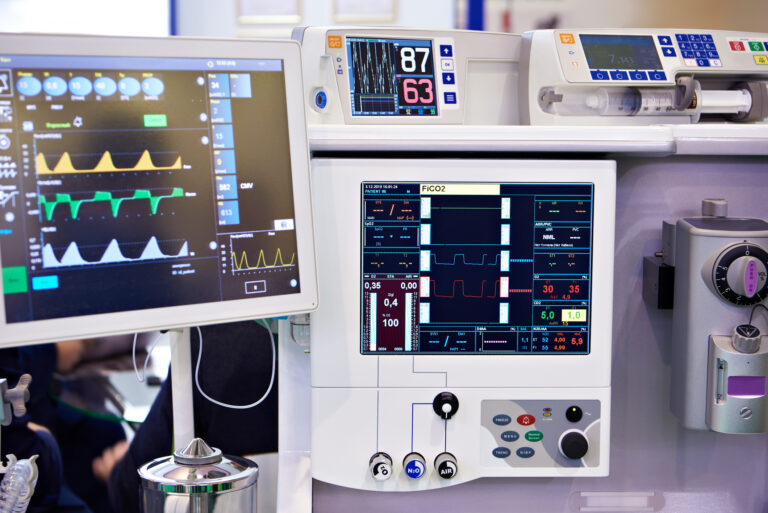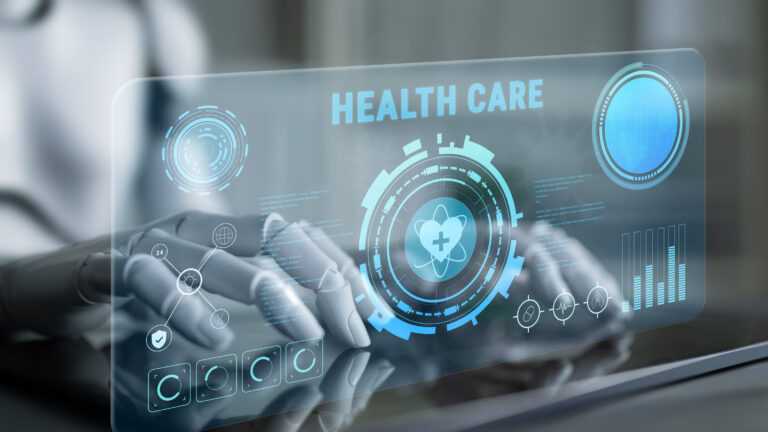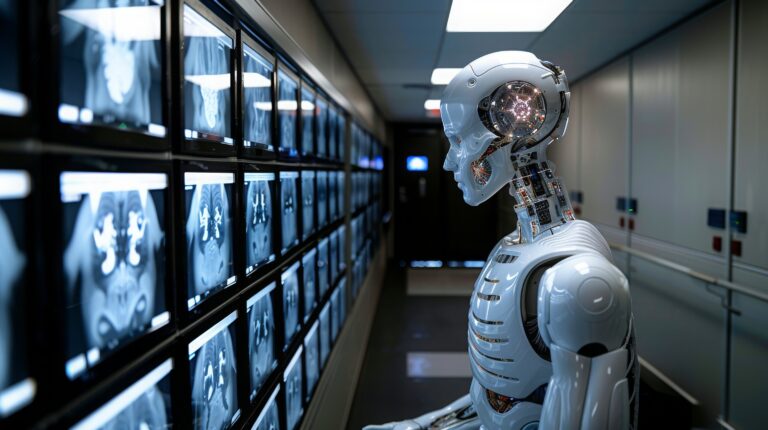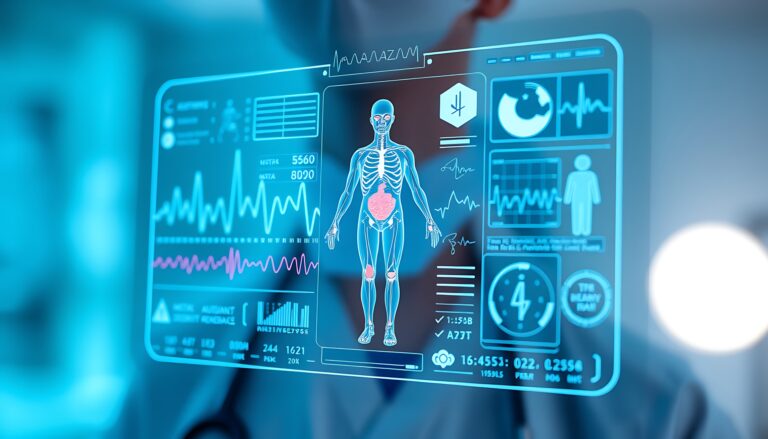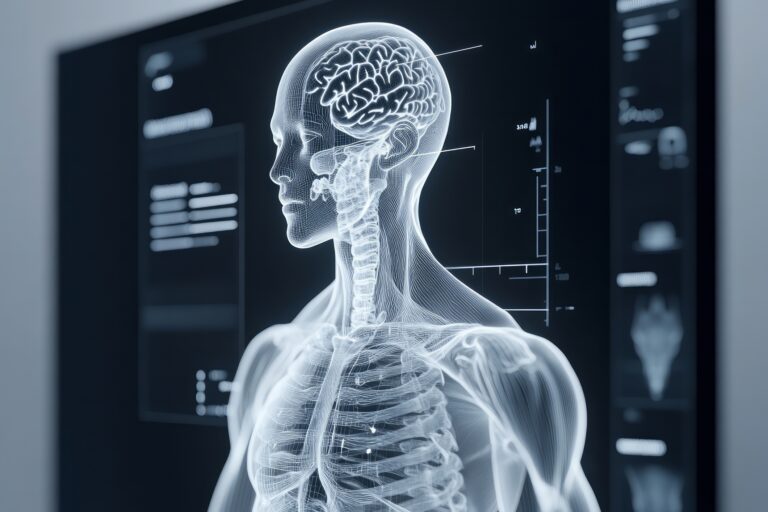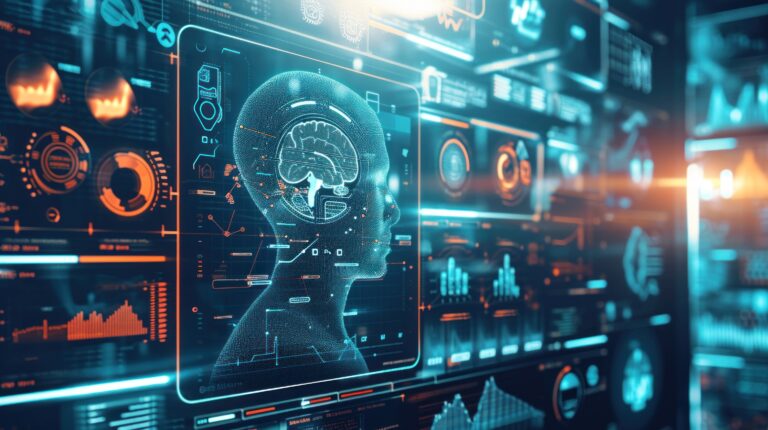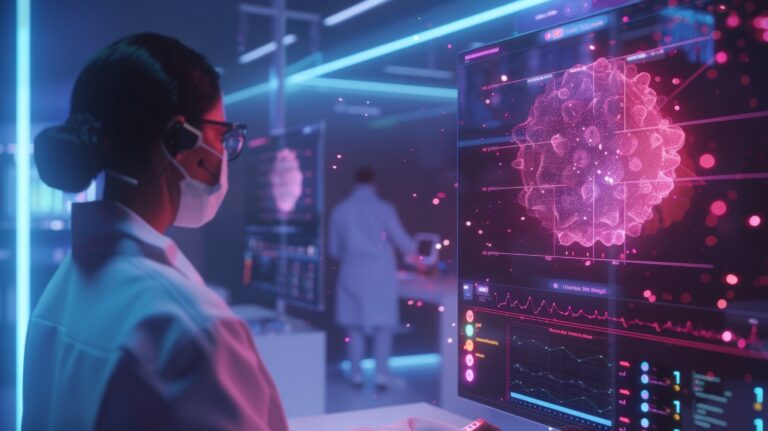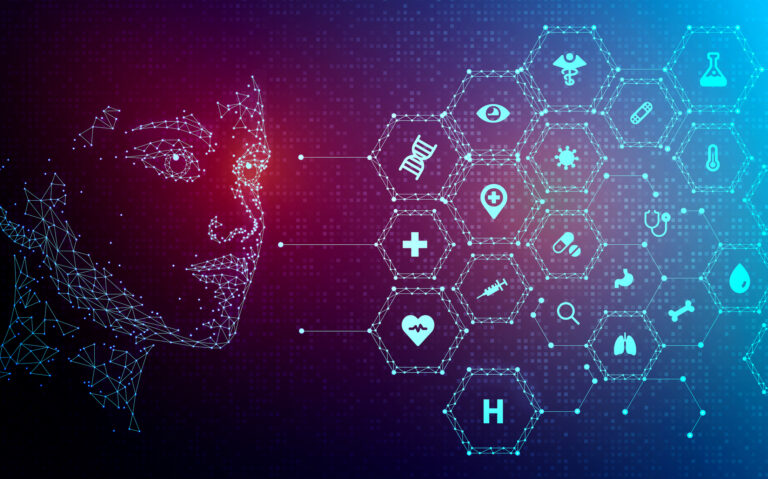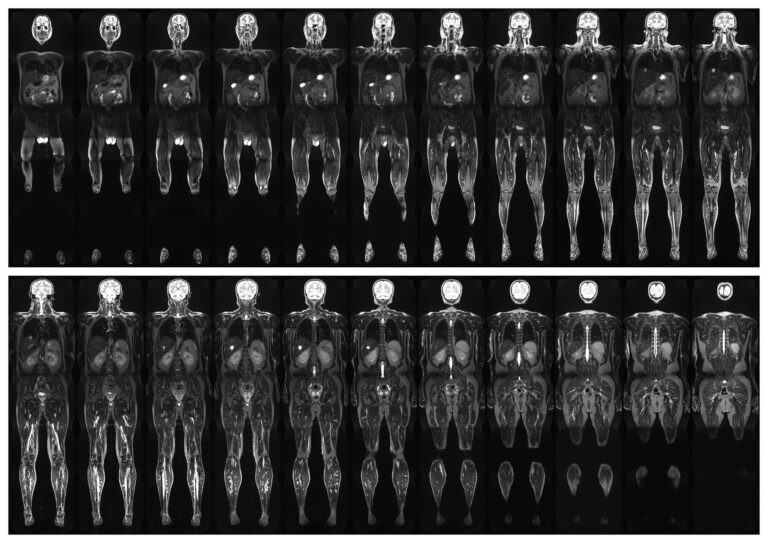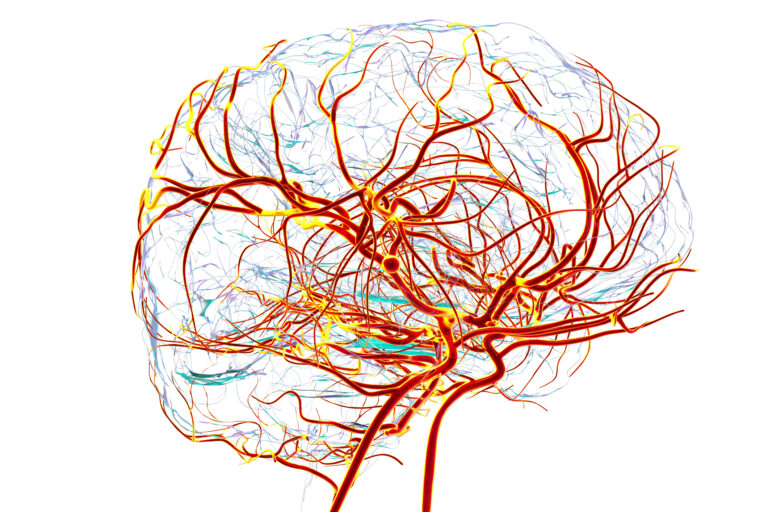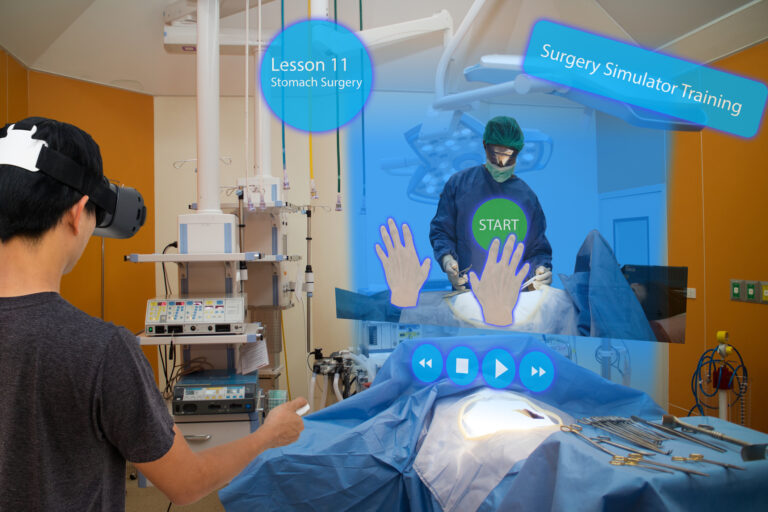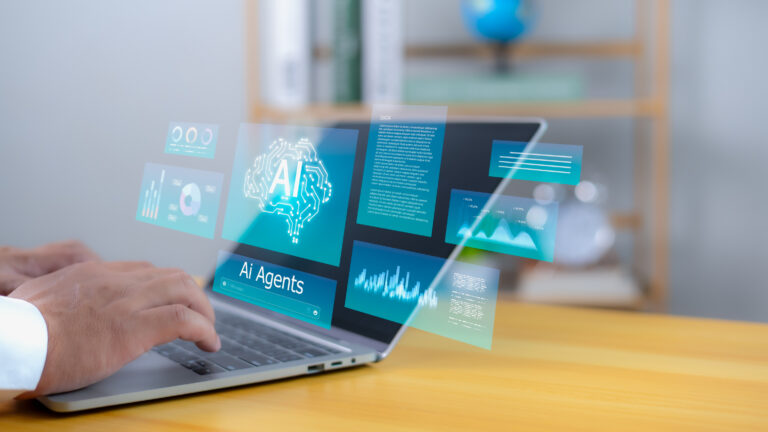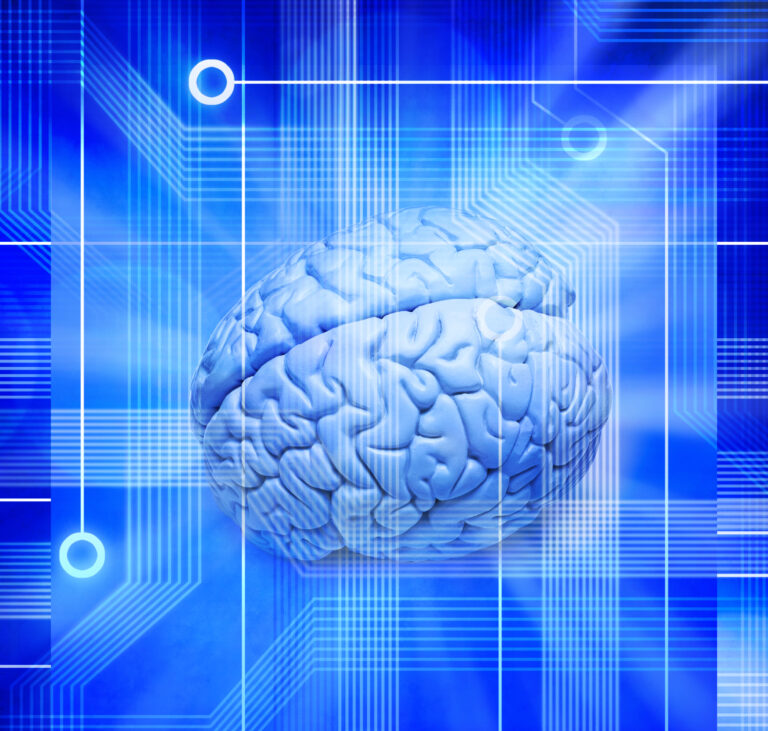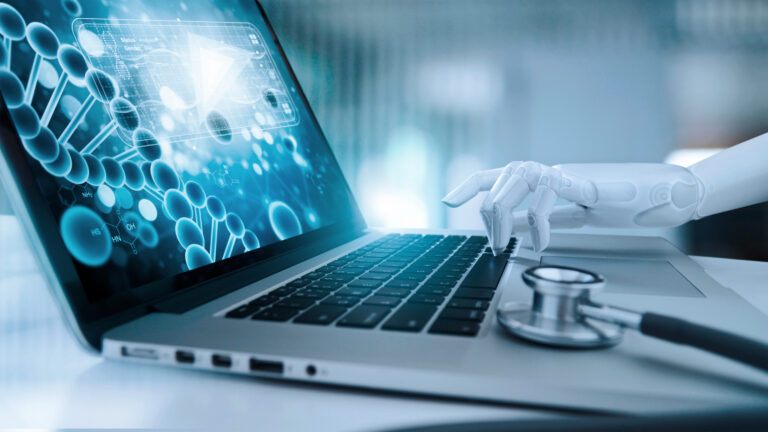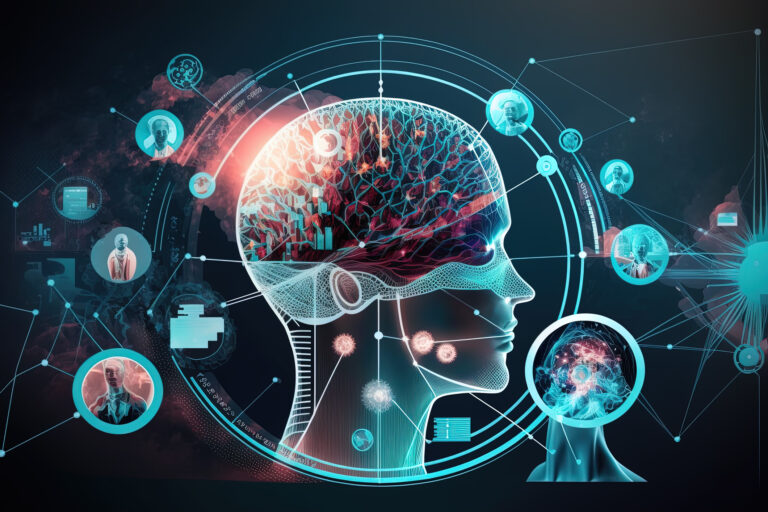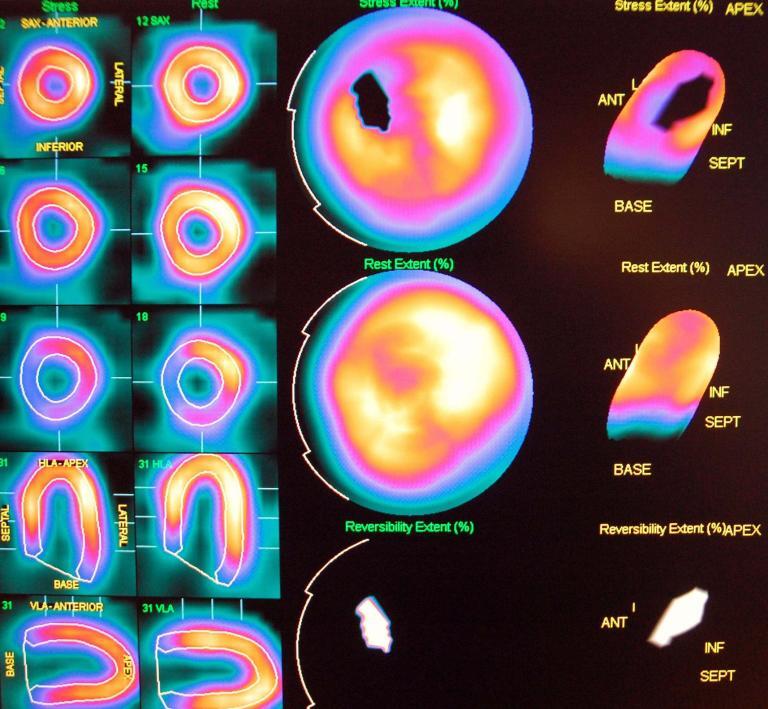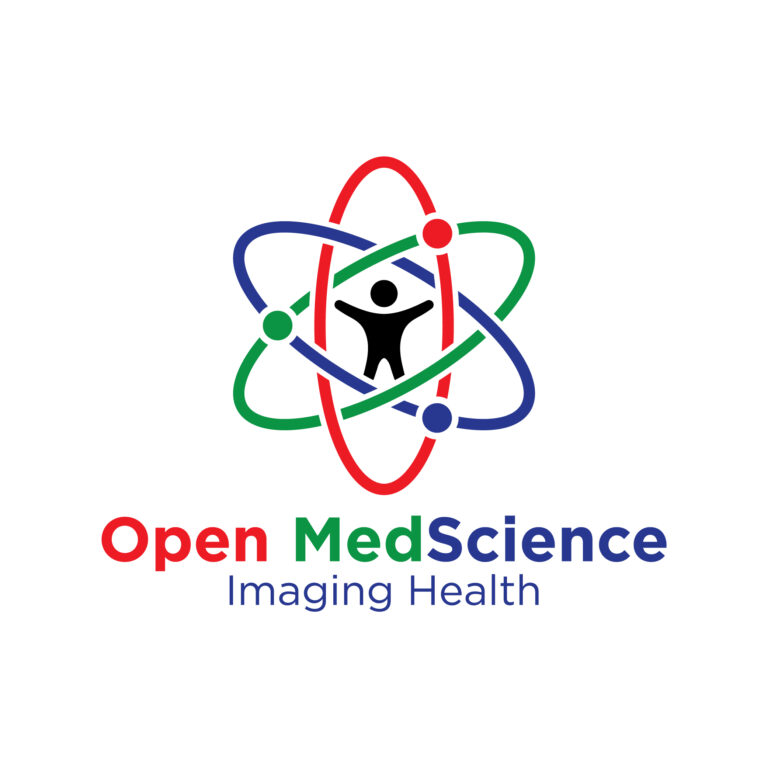Artificial Intelligence in Radiology
Artificial intelligence (AI) is revolutionising radiology, offering unprecedented advancements in diagnostic accuracy, efficiency, and patient care. By leveraging machine learning algorithms and deep learning models, AI has the potential to transform how radiologists interpret medical images, optimise workflows, and make clinical decisions.
One of the most notable contributions of AI in radiology is its ability to assist in image interpretation. AI algorithms are trained on large datasets of annotated medical images, enabling them to detect patterns that may be too subtle for the human eye. For instance, AI-powered systems can identify early signs of cancer in mammograms, detect pulmonary nodules in chest CT scans, or highlight areas of concern in brain MRIs. These systems do not aim to replace radiologists but to act as a second pair of eyes, enhancing accuracy and reducing the likelihood of missed diagnoses.
Another significant application of AI lies in automating repetitive tasks. Radiologists often face high workloads, spending considerable time on mundane tasks such as measuring anatomical structures or comparing multiple scans. AI tools can automate these processes, freeing up radiologists to focus on more complex cases and engage in direct patient care. Moreover, AI can prioritise urgent cases by flagging images that require immediate attention, ensuring that critical conditions are addressed without delay.
AI also plays a crucial role in enhancing workflow efficiency. Many radiology departments are burdened with backlogs of unreported scans. AI solutions can streamline the reporting process by generating preliminary findings or pre-populating reports, which radiologists can review and validate. This not only speeds up the turnaround time but also helps in reducing burnout among radiology professionals.
Beyond diagnostics, AI is contributing to personalised medicine. By analysing imaging data in conjunction with other patient information, AI can help predict disease progression, guide treatment planning, and monitor therapy response. For example, in oncology, AI can assess tumour characteristics and predict how a patient might respond to specific treatments, enabling more tailored interventions.
However, the integration of AI into radiology is not without challenges. Concerns around data privacy, algorithm transparency, and the potential for bias in AI models remain significant. Additionally, there is a need for rigorous validation and regulation to ensure the reliability and safety of AI systems in clinical practice. Radiologists also require training to understand and effectively use these technologies, ensuring they complement rather than hinder their expertise.
In conclusion, AI is poised to transform radiology by augmenting diagnostic capabilities, improving efficiency, and paving the way for personalised care. While challenges exist, the potential benefits of AI far outweigh the risks, making it an invaluable tool in the future of medical imaging.
You are here:
home » Artificial Intelligence in Radiology
